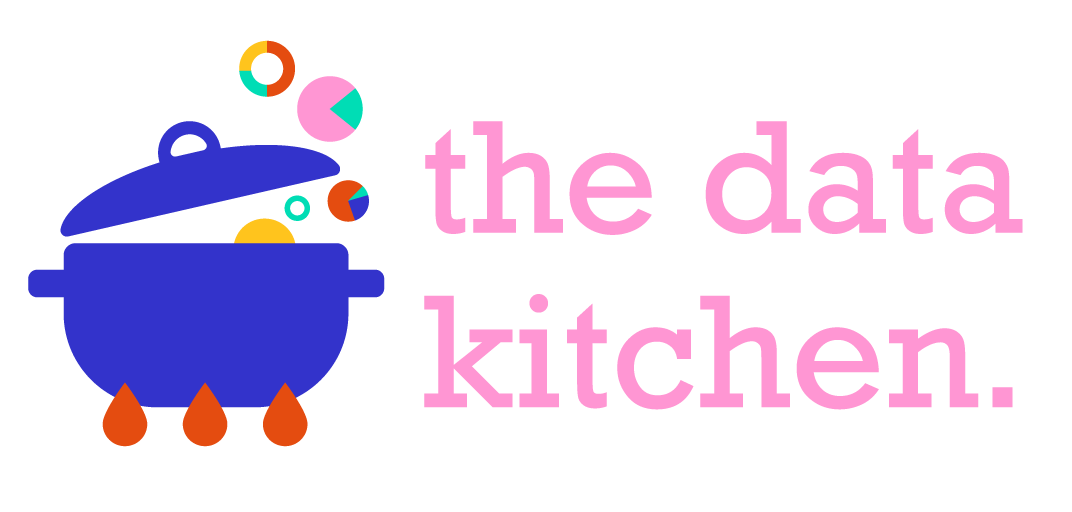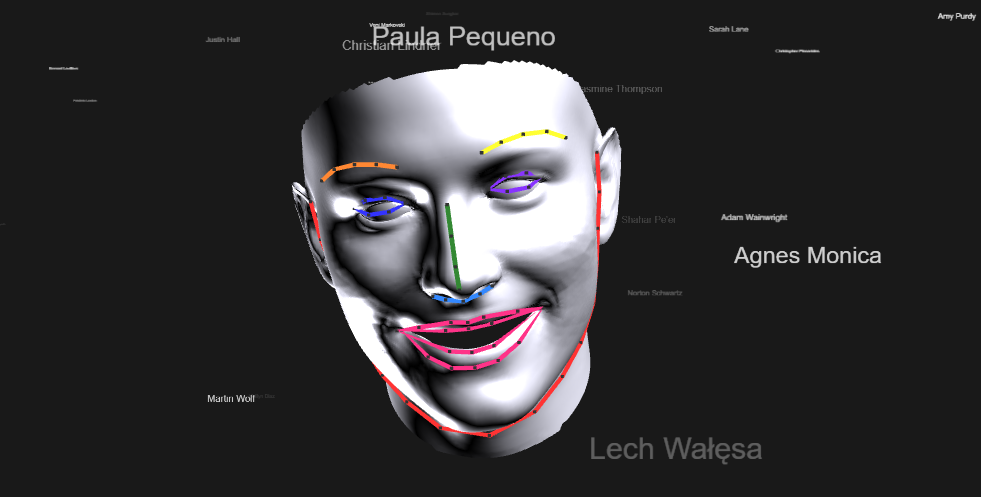What is AI?
The notion of AI (Artificial Intelligence) has been at the tip of the tongues of many these days, but what is it all about and what is its use for development? We are increasingly surrounded by automated data-driven algorythms that are able to do many things. AI recognises faces, collects data, processes information and categorises people according to its algorythms. Sadly, not all AI is working perfectly, and in some cases it has just been another portion of snake oil to individuals, companies and even governments. After having read the book “Fake AI” by: Frederike Kaltheuner I asked myself a few questions to help me define the ground where I stand in the face of today’s AI in the social media context.
How does AI work?
Before being a hype, AI is a computer ability to perform a task like a human or better in a short amount of time according to an algorythm. Given the input and algorythm the AI is able to categorise information, further the data acording to its findings and sort data according to a task. Obviously it is important to understand which context the task is given within. If it is a social media, we are dealing with textual (captions and hashtags) and imagery (photos, videos, gifs) content processing and catalogisation according to the privacy and secutiy policy issues, but mostly in a political way.
Discriminatory AI
Poorly made cheap AI can be the reason why some people would get fines or even get to jail just because their faces were identified as the ones of the criminal, and all due to wrong facial recognition. It is normally enough to have 16×16 px to identify a face, and not 100% match in order to attribute someone’s identity to a similar person. The AI made for one skin colour and applied to another is destined to fail as it does not take into account both peculiarities. For developers it might seem like a software glitch, to people who have to be victims of its poor design it can cost lives. It is known that the quality of the footage is key to precise identification, however the resolution of the cameras might not be compatible with the actual faces, especially if the software was hardwired to white faces as the main reference.
The dataset contains a significant number of categorisations which can only be described as depreciative and derogatory. For example, some AI labels photos found on social media according to categories. Imagine a picture of a woman in bikini: the verdict would be “slut, slattern, trollop”, or a picture of a man drinking beer: “alcoholic, alky, boozer, lush, soaker.” (p.81) Perhaps such labels were not the intentions of the AI creators, but the depending on the input the understanding of those predefined categories might mislead us more then help us define them.
Use of AI for Social Media
Most of AI used in social media are directed towards data collection and advertising according to the gathered input. That input can be the commenting action, putting likes on posts, posting own photos with captions or using hashtags. By doing so, “Facebook analyses the preferences and behaviours of its users and suggest content that is most likely to be engaged with or liked. Another point by meta is the examples how hate speech posts were deleted from Facebook using their AI are claiming that 94.7% of hate speech removed from their platform in the third quarter of 2020 was proactively identified using their automated tools.”(p. 150)
The Artificial Intelligence just from the technical stand point is limited to the adequate recognision of bad quality or ambiguos input. “From the gender binary that’s encoded into targeted online advertising, to facial recognition systems that claim to predict people’s gender or ethnicity, these systems are often completely inadequate to our social realities. “(p.64) Fairly so, if a person feels victim to those targeted campaigns because he/she has been identified as a part of a particular category, the algorythm will keep adjusting according to new inputs.
Why Snake oil?
There is a lot of potential in the use of Artificial Intelligence but as of today, on the rise of the AI hype, pseudoscience and snake oil it is easy to get confused. If used within the governmen’s purposes, one has to be extra cautious and careful in whereabouts the data end up, how it is collected used and for what purpose. If we use AI for face detection designed for whit- skinned faces on black skinned ones; or we identify queer persons on social media and sell this data to third parties or whatever other categorisation mechanism in order to take advantage of that data we do not necessarily solve a puzzle by categorising them. The technology is quite advanced in certain domains but is not ready to be intrusted lives of people that depend on a piece of code. I think that within the development context the AI could be of great use at some point, but for now it can be tricked and cheated as much as it can fail on its own if misused or relied on more that supposed to.
Fake AI by: Frederike Kaltheuner, Meatspace Press (2021) Manchester, United Kingdom
Photo from the home page: exposing.ai/


